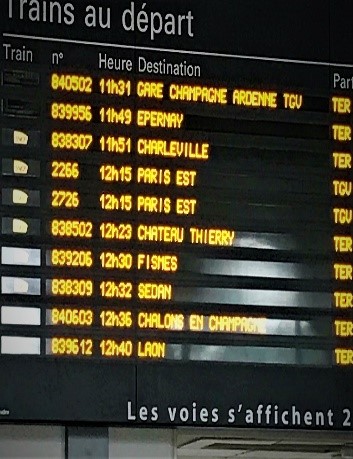
Paris: Take your time
Paris is one of the best cities on the planet to visit. According to Reuters.com, in 2017, 33.8 million visitors arrived in Paris and the Ile de France. Paris is a city that should not be rushed. Like a good love affair, the relationship should not be rushed. Design your schedule so that you have at least 5 days to get a sense of the city and the “uniquely French” way of life.

So Much to Love
Infatuation with Paris
1. Subway/Metro. There is a difference between the Metro/subway, RER and SNCF. The Metro is the subway (inside the city), the RER is the suburban train system, and the SNCF is the rail system throughout France.
The excellent news is that the French rail system works (although all cars may not be air conditioned)! The Metro is the quickest and most efficient method for getting around the city while the SNCF (using Rail Europe) is the best way to travel throughout the country.
While accessing the Metro and bus systems are not easy/peasy – even for a New Yorker, there is some logic to the operation, and thanks to Google Maps, can be navigated with a significant degree of accuracy and efficiency.
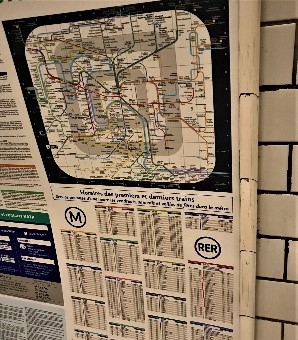
Most of the time Google is spot on, however, there are parts of London that have not been fully integrated into the Google system, and the old-fashioned methods of paper maps and asking shopkeepers and people on bicycles for directions continues to be the best resources for getting to a location.
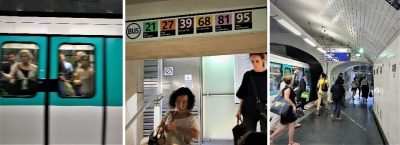
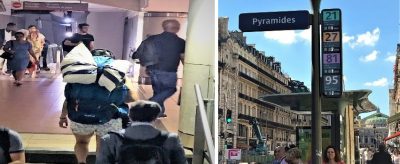
2. People. Parisians are among the nicest people in the world. They are eager to provide assistance (if you are lost), polite when getting on/off a train, and patient/helpful in ordering at restaurants.
3. Shopping. For retail therapy the city is extraordinary. From antique flea markets to discount shopping malls (think One Nation Paris and Le Vallee Village), there is never a moment that the urge to acquire “something” cannot be satisfied.
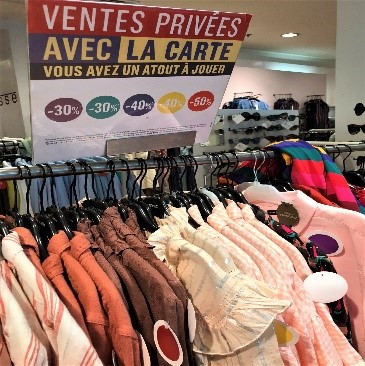
4. Dining. Whenever possible eat/dine/forage outside of popular tourist areas…if the objective is delicious cuisine at affordable prices. Whether the palate is yearning for a sandwich, croissant or a salad, the Boulangeries and cafes viewed in movies and magazines are alive and well in neighborhoods where people live.
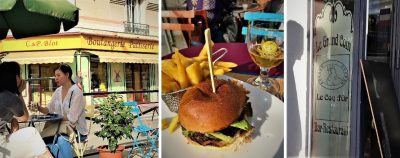
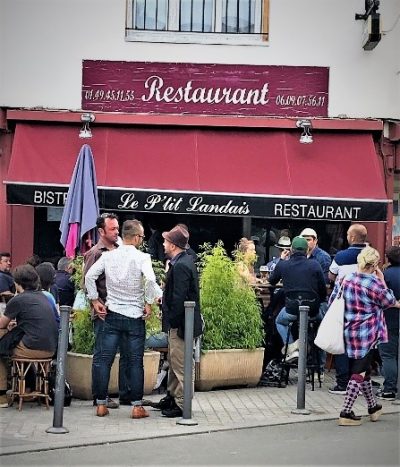
5. Accommodations. There are so many hotels in Paris it is challenging to make a decision. If you want to be near the Louvre, and in the center of tourism, the Hotel Saint-James & Albany is a good choice. If business meetings are part of the agenda, this is an excellent location and the outdoor gardens for dining and drinking are incredibly lovely.
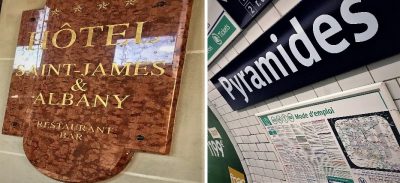
Looking for something closer to being in a Parisian neighborhood? Check on the opening date for the Mob Hotel. It is absolutely in the heart of an “emerging” neighborhood (near the Antique market), with delightful small cafes and grocery shops.
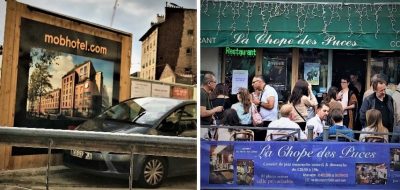
Not Moving Anytime Soon
While I am an enthusiastic visitor, I am unlikely to move to Paris:
1. Signage: If you have to ask you should not be here(!) is perhaps the underlying message; however, I prefer the idea that the French enjoy their secrets and do not want visitors to find the ticket window for the airport shuttle train, the correct corner for finding the bus, or the location for the flea markets. Even the Paris Tourism Office (that has relocated), publishes the incorrect address on its website.
2. Handicap accessibility is limited. Hotel public toilets are frequently located in the lower bowels of the property, requiring walking dozens of stairs and long corridors to reach the objective. Hotel lobbies may not be handicap accessible and rooms may not have showers and toilets for people with disabilities.
Public transportation is imperfect for people who are sight impaired or using wheel chairs, walkers or otherwise have limited mobility. Public busses do have ramps but no tie-downs. There is a spot for wheelchairs to face backwards (frequently the space is used for strollers – so be prepared to ask for the space). An accessible blue button is available to alert the driver of your stop.
For visitors with physical limitations, most Metro stations are not accessible. The ones that are manageable may not be conveniently located near tourist attractions. Visitors with physical limitations should use the bus system.
3. Cheese – on everything. From tourism take-out spots and grocery stores to high-end restaurants, it is a challenge to find a menu entrée that does not have cheese or other dairy products as part of the ingredient list.
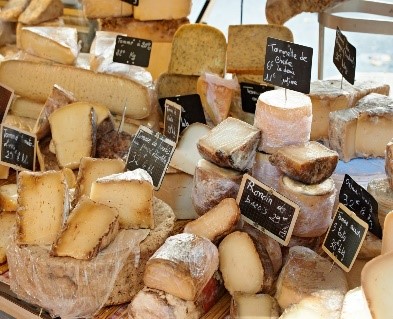
Dairy farmers must have an amazing sales team and/or lobby group, convincing chefs that a decent meal (or sandwich) is unacceptable unless it includes a milk – based ingredient. An average French citizen eats 57 pounds of cheese each year while Americans consume 35 pounds per year.
4. Ice. Frozen cubes are on the endangered list – they are so scarce. Ask for a cocktail or a martini on the rocks, or even a Coke, and the drink will often appear with one small melting cube (long past its prime), if you are lucky.

5. Crowds. On a recent visit to this incredible city, it was almost impossible to stay on the sidewalks because of the hordes of people. Tourists? Locals? I have no idea… but there were so many out and about that the only way to get anywhere is to walk in the street.
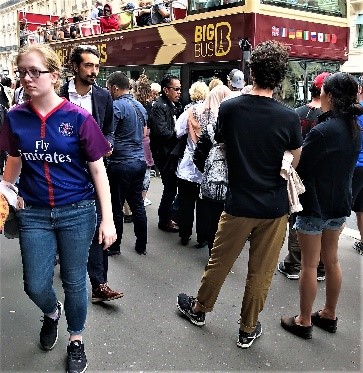
6. Traffic. Bus and auto traffic makes Manhattan streets look like the suburbs on a weekend. Unless you are on a business budget or recently won the lottery, forget taxi’s. It is not the fault of the drivers who must have ulcers dealing with the congestion on a daily basis it is the unruly cars and busses that cause delays.
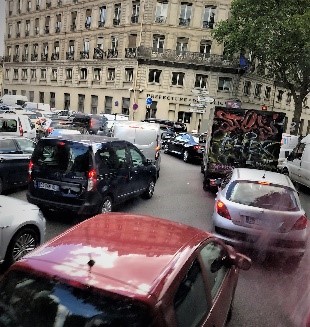
Go to Paris
Fly to Paris on XL Airways (if you are on a tiny budget) or spend airtime in comfort with La Compagnie (business class done right). Reserve a Super Shuttle to get from the airport to your hotel. To streamline site seeing and public transportation, make reservations with the Paris Big Bus. To travel throughout France (highly recommended), make train reservations through Rail Europe. For additional information, click here.
© Dr. Elinor Garely. This copyright article, including photos, may not be reproduced without written permission from the author.
